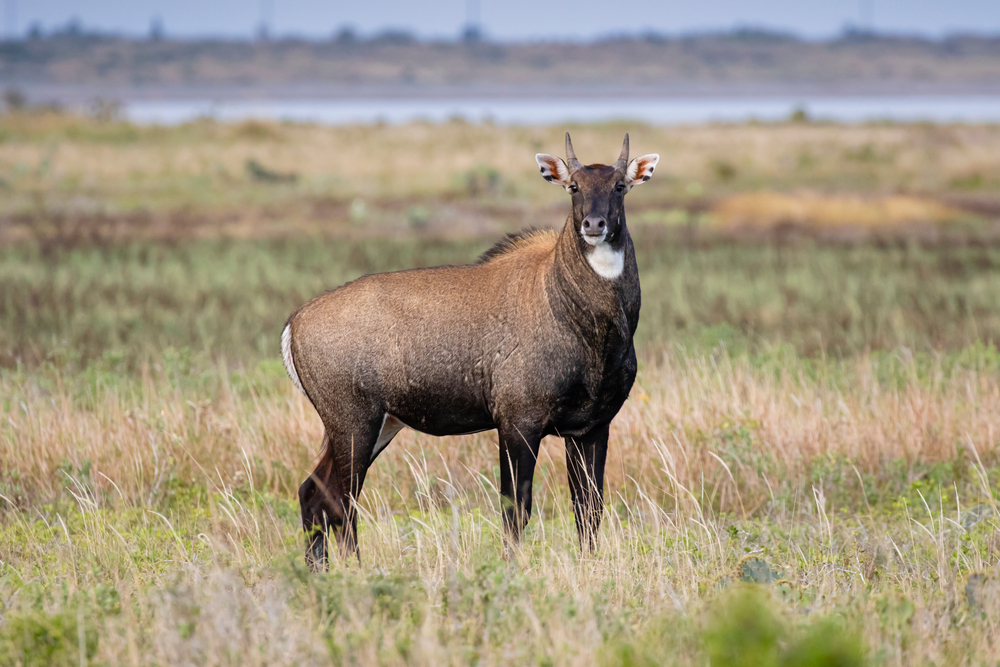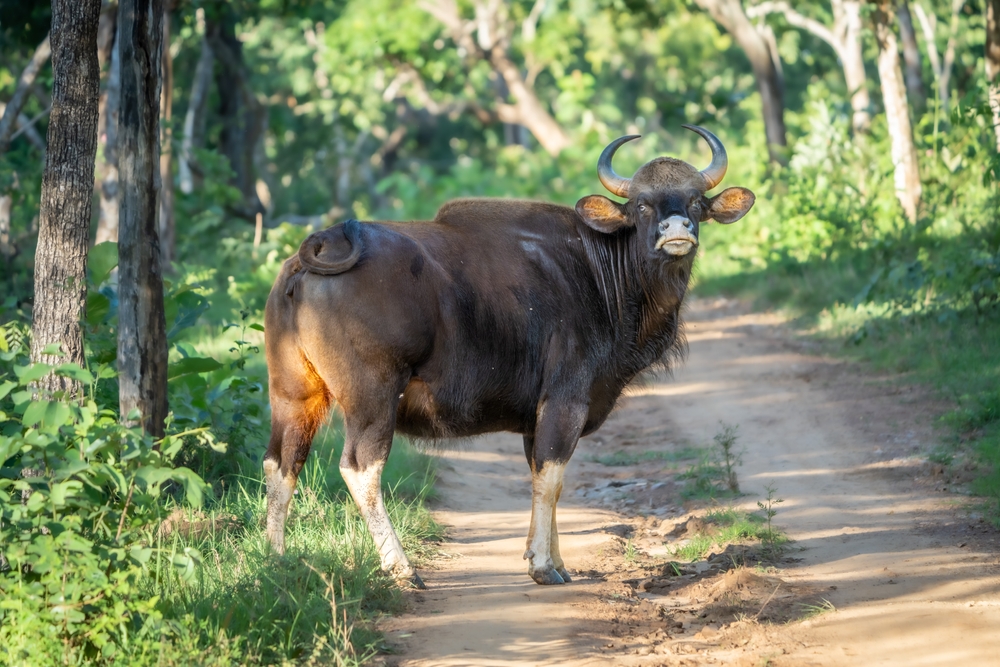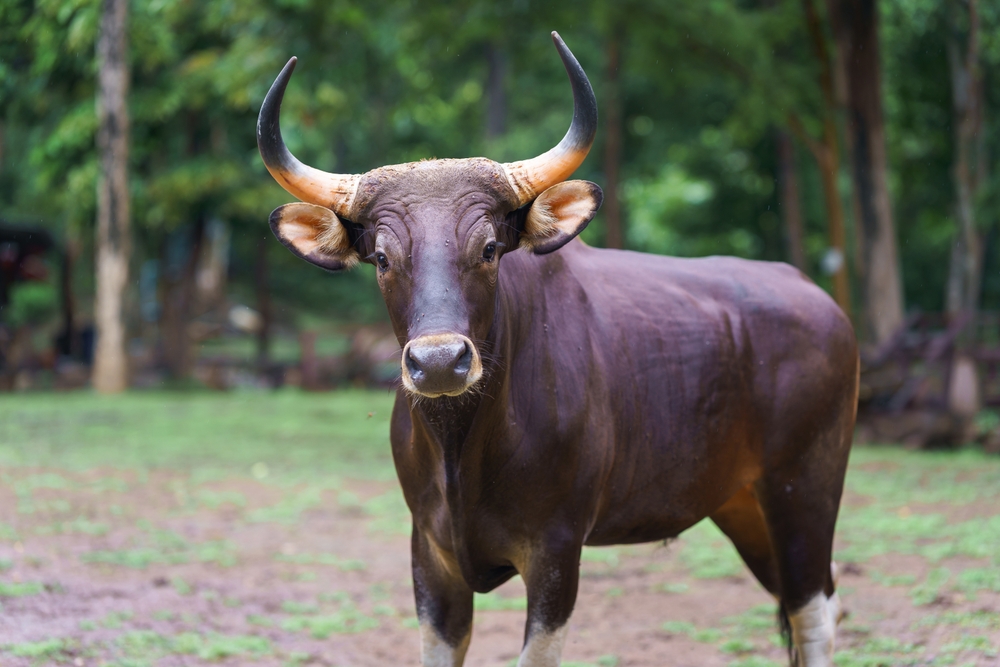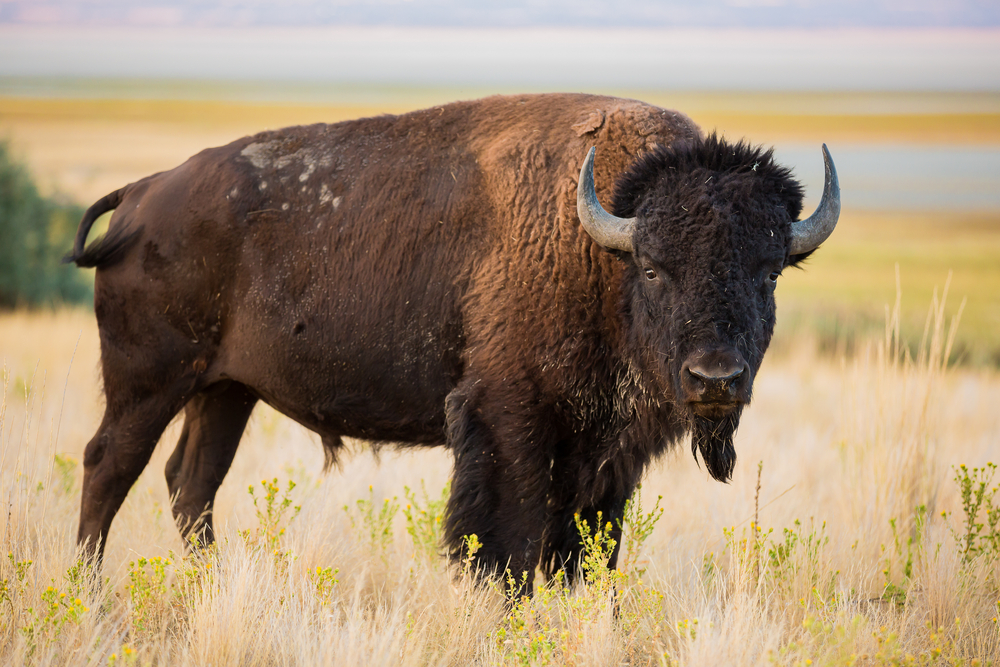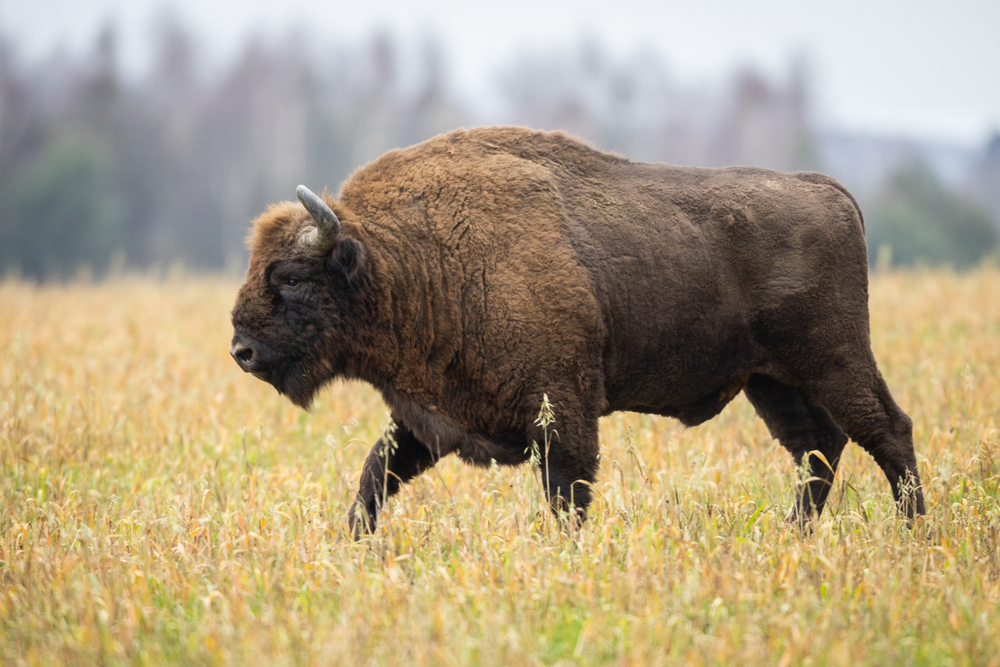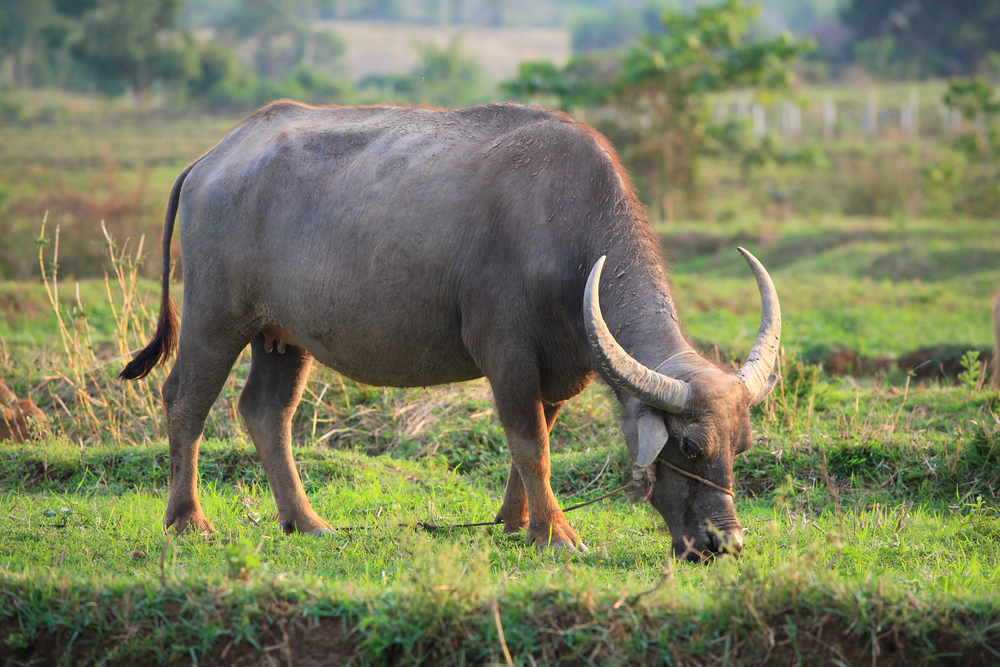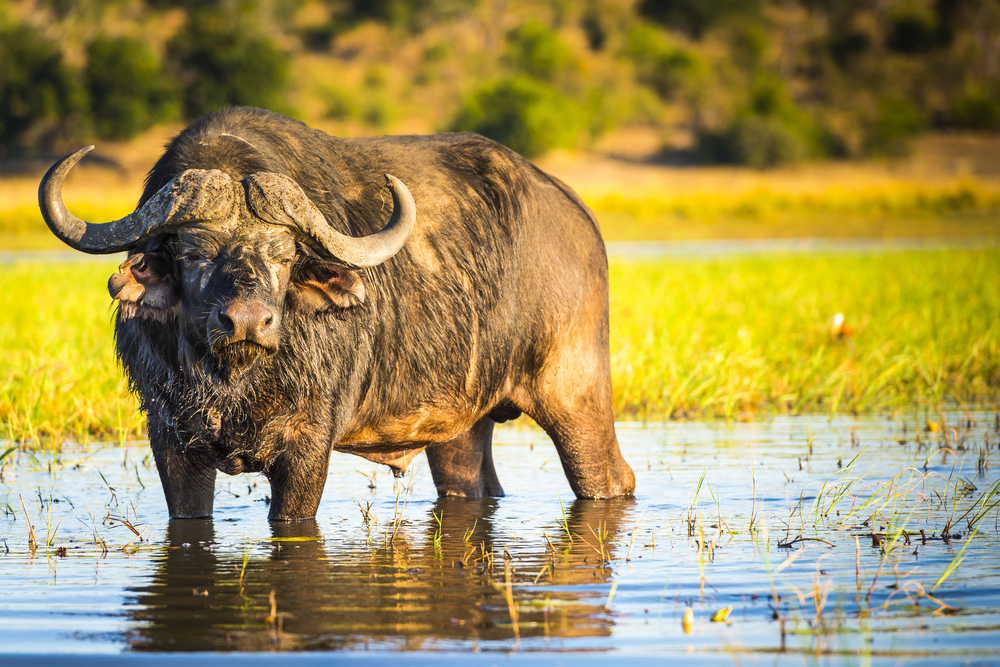About
#Mammals
The Nilgai, also known as the Blue Bull, is the largest Asian antelope and one of the most distinctive members of the family Bovidae. Native to the Indian subcontinent, this hardy, horse-sized antelope is easily recognized by its deep-chested build, sloping back, and, in males, a bluish-gray coat that gives the species its common name. Despite its antelope classification, the Nilgai’s unique characteristics have made it a subject of interest for biologists studying evolutionary adaptations among ungulates.
Nilgai are found across India, Nepal, and Pakistan, with the densest populations occurring in northern and central India, where they thrive in dry scrub forests, grassy plains, and agricultural edges. While once ranging into Bangladesh and parts of Myanmar, they are now considered locally extinct in those areas. Nilgai were also introduced to southern Texas, USA, in the 1920s and now support a free-ranging population on private ranchlands.
Males and females exhibit stark differences in color and appearance. Bulls develop a slate-blue to gray coat and short, sharp horns, while cows are tawny brown and hornless. Both sexes have white markings on the throat, underside, and limbs, along with a short, upright mane and a tufted tail.
Nilgai are diurnal grazers and browsers, feeding on a variety of grasses, leaves, herbs, and cultivated crops. They are social animals, often forming small groups, and show strong site fidelity to their home ranges. Despite their large size—bulls can weigh over 250 kg—they are agile runners and use speed as their primary defense against predators such as tigers, leopards, and dholes.
Classified as Least Concern by the IUCN, Nilgai populations are stable in protected areas and agricultural landscapes, although they are sometimes viewed as pests due to crop-raiding. Their blend of size, adaptability, and unique appearance makes the Nilgai one of the most fascinating and emblematic large herbivores of the Indian subcontinent.
Threatened:
Extinct
Critically Endangered
Endangered
Vulnerable
Near Threatened
Least Concern



































































